| Structure | Name/CAS No. | Articles |
|---|---|---|
 |
Sodium hydroxide
CAS:1310-73-2 |
|
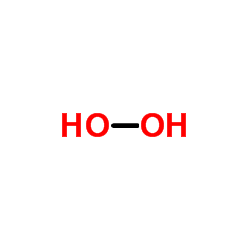 |
Hydrogen peroxide
CAS:7722-84-1 |
|
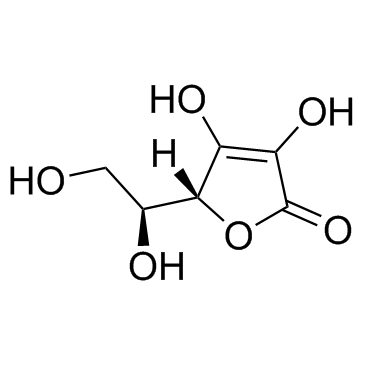 |
Ascorbic acid
CAS:50-81-7 |
|
 |
3-Ethyl-2,4-pentanedione
CAS:1540-34-7 |
|
 |
Sodium selenite
CAS:10102-18-8 |
|
 |
Ac-DEVD-CHO
CAS:169332-60-9 |
|
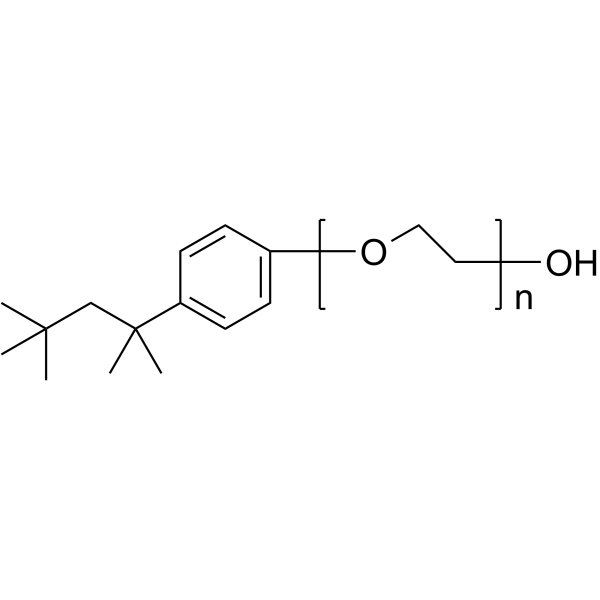 |
Triton X-100
CAS:9002-93-1 |
|
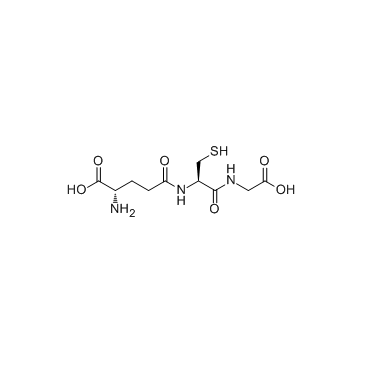 |
Glutathione
CAS:70-18-8 |
|
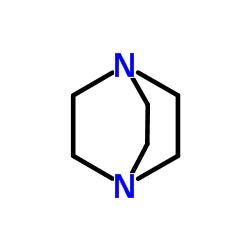 |
DABCO
CAS:280-57-9 |